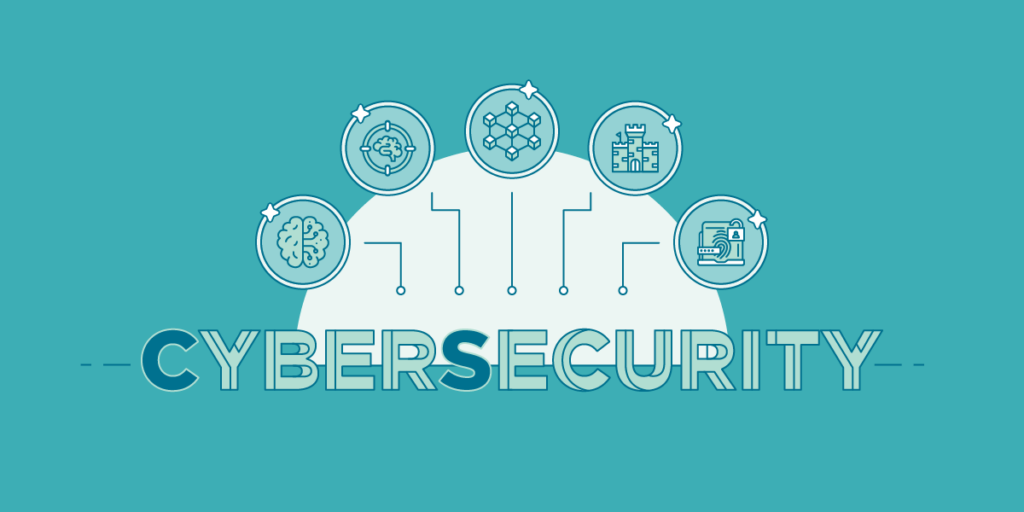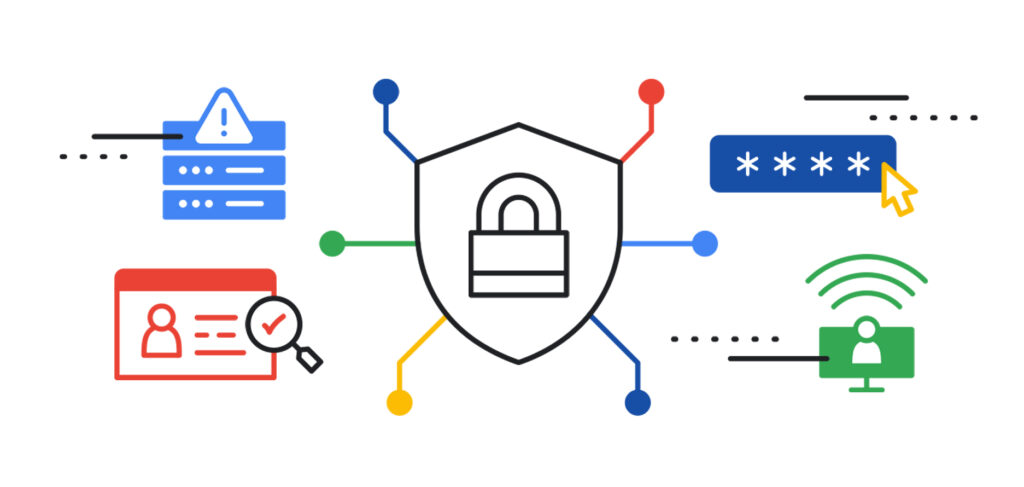
In today’s interconnected digital world, cybersecurity has become a critical concern for organizations of all sizes and industries. With the proliferation of cyber threats and the increasing sophistication of malicious actors, protecting digital assets has never been more challenging—or more important. In this blog post, we’ll explore the evolving threat landscape facing businesses today and discuss strategies for safeguarding digital assets against cyber attacks.
Understanding the Threat Landscape The threat landscape facing organizations is constantly evolving, with cybercriminals employing a wide range of tactics to exploit vulnerabilities and compromise systems. From ransomware and phishing attacks to insider threats and zero-day exploits, the types of cyber threats facing businesses are diverse and ever-changing. Additionally, as organizations embrace digital transformation and adopt new technologies such as cloud computing and IoT devices, the attack surface expands, providing cybercriminals with more opportunities to launch attacks.
Strategies for Effective Cybersecurity Given the evolving nature of cyber threats, organizations must adopt a proactive approach to cybersecurity to effectively protect their digital assets. This includes implementing robust security measures across the organization, including:
- Comprehensive Security Policies: Develop and enforce comprehensive security policies and procedures to govern the use of technology and protect sensitive data.
- Employee Training and Awareness: Educate employees about cybersecurity best practices and raise awareness about the latest threats and tactics used by cybercriminals.
- Multi-Layered Defense: Implement a multi-layered approach to cybersecurity, including firewalls, antivirus software, intrusion detection systems, and encryption, to defend against a variety of threats.
- Regular Security Audits: Conduct regular security audits and assessments to identify vulnerabilities and weaknesses in systems and processes and take corrective action to address them.
- Incident Response Plan: Develop and maintain an incident response plan to guide the organization’s response in the event of a cyber attack, including protocols for containment, mitigation, and recovery.
- Collaboration and Information Sharing: Collaborate with industry peers, government agencies, and cybersecurity organizations to share threat intelligence and best practices and stay ahead of emerging threats.

Conclusion
Building a Resilient Cybersecurity Posture In today’s digital world, cybersecurity is everyone’s responsibility. By understanding the evolving threat landscape, implementing robust security measures, and fostering a culture of cybersecurity awareness, organizations can better protect their digital assets and mitigate the risks associated with cyber attacks. By staying informed about the latest threats and best practices and investing in cybersecurity capabilities, businesses can build a resilient cybersecurity posture that enables them to thrive in an increasingly digital world.
